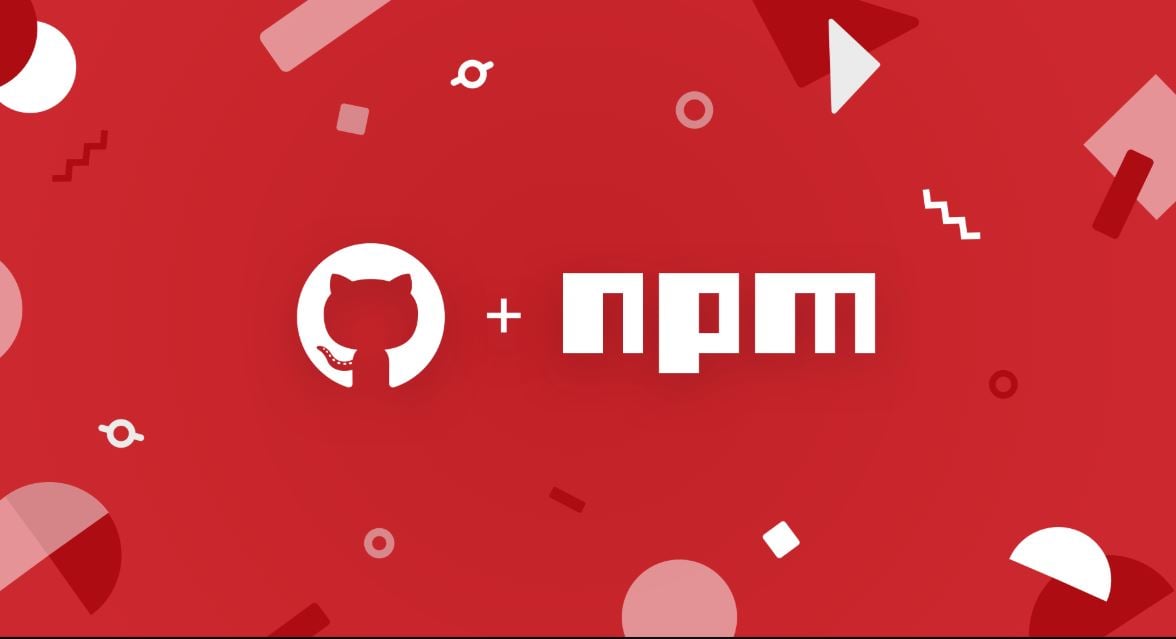The Hidden Danger in npm Packages: A Malware Invitation?
In the world of software development, npm packages are a boon. They simplify our work, offering ready-made solutions to common problems. But what happens when these helpful tools turn against us? Recently, a new threat has emerged, targeting unsuspecting developers with malware hidden in bogus npm packages.

The Deceptive Strategy
A social engineering campaign is currently underway, cleverly disguised as job interviews. Developers are being targeted with bogus npm packages, tricking them into downloading a Python backdoor. This campaign, tracked under the name DEV#POPPER, is believed to be linked to North Korean threat actors.
The Modus Operandi
During these fraudulent interviews, developers are asked to perform tasks that involve downloading and running software from sources that appear legitimate, such as GitHub. The software contains a malicious Node JS payload that, once executed, compromises the developer’s system.
The Impact
The consequences of this deceptive strategy are significant. The malware collects system information and enables remote access to the host. It supports networking and session creation for persistent connections, file system functions for data theft, remote command execution, and direct FTP data exfiltration.
The Solution
So, how can we protect ourselves from such threats? First, it’s crucial to do our homework before installing a package. Look at who published the package, the number of versions, and the number of weekly downloads. If these numbers are very low, it’s better to pass or inspect the source code.
Second, pay attention when typing the package name. Typo squatting is possible, and there are published packages with names close to popular packages.
Third, use commands like npm outdated and npm audit to check for outdated packages and produce a report of security vulnerabilities npm audit fix can automatically install compatible updates to vulnerable dependencies.
Finally, if you come across a malicious package, report it to npm Security. They confirm the validity of the report, remove the package from the registry, and publish a security placeholder for the package.
Conclusion
While npm packages can be a great asset, they can also pose a threat if not handled with caution. As developers, we must stay vigilant and take proactive measures to ensure our systems’ safety. After all, in the digital world, it’s always better to be safe than sorry.
You think you have a story worth everyone’s time? SUBMIT A STORY and we will publish it.
Share this content:




Post Comment